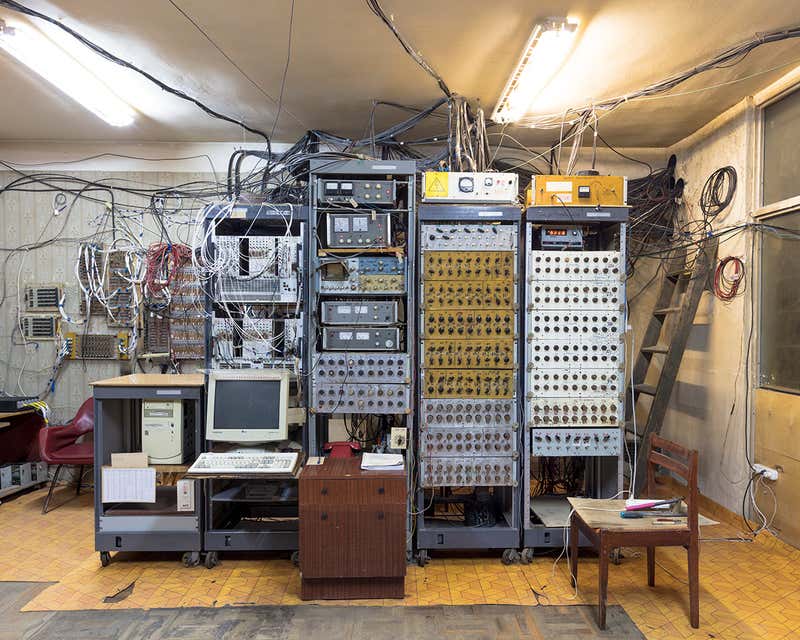
(c) Verdan Petrosyan 
Toby Smith/Getty Reportage
The current Space Race looks a lot different to what it was in the mid-to-late 20th century as the Soviet Union clashed with the US for celestial seniority. Nowadays, it’s more about which billionaire can colonise the Moon and Mars but back in the 40s, a man named Viktor Ambartsumian built The Byurakan Astrophysical Observatory on Mount Aragats in Armenia.
Viktor Ambartsumian, who survived Stalin’s notorious purges of Pulkovo Observatory to become an internationally celebrated pioneer of astrophysics. He and his colleagues began work even before the observatory buildings (below) were finished. “Our instruments stood under the open sky, covered with tarpaulin,” Ambartsumian once recalled. He set his students, armed only with modest telescopes, the task of producing the first structural survey of the galaxy. In 1958, he caused a furore when he predicted that massive non-stellar objects sat at the centre of galaxies. He turned out to be right.
The observatory lost its prestige and much of its use after the Soviet Union fell but Ambartsumian lived there until he died in 1996. It now remains a shrine to the glory days of Soviet astronomy and, if you fancy a trek up some Armenian mountains, you can visit it too.
Filed under: astrophysics Soviet Union